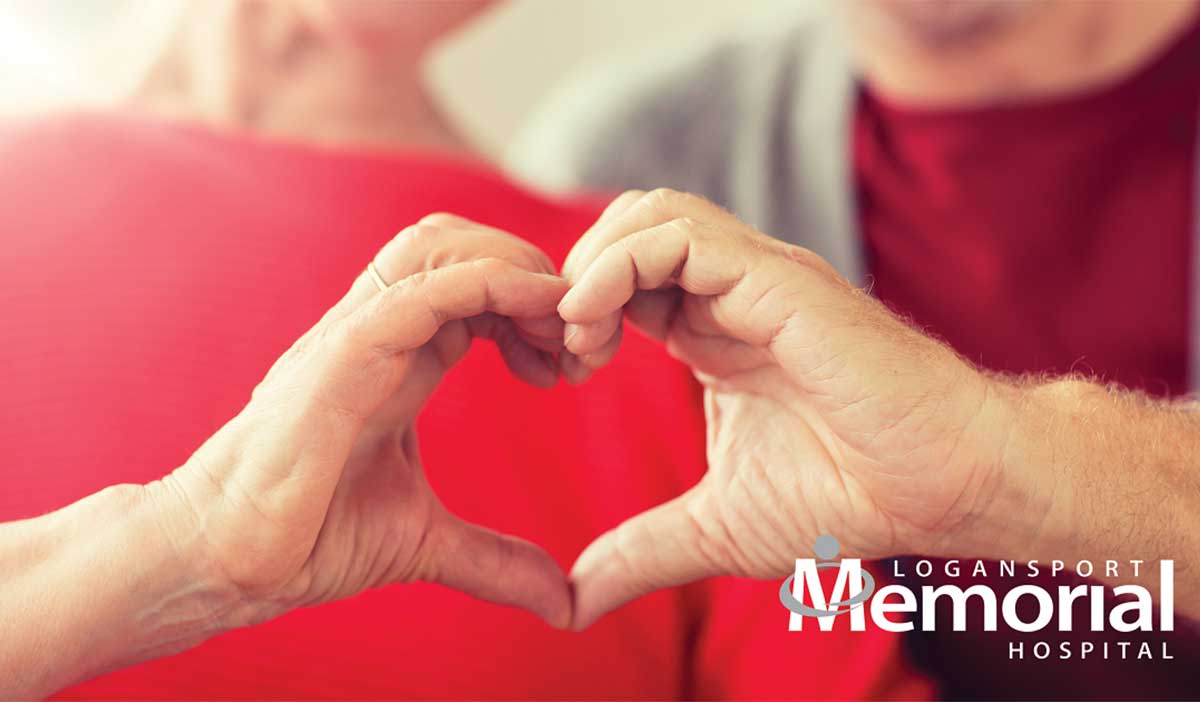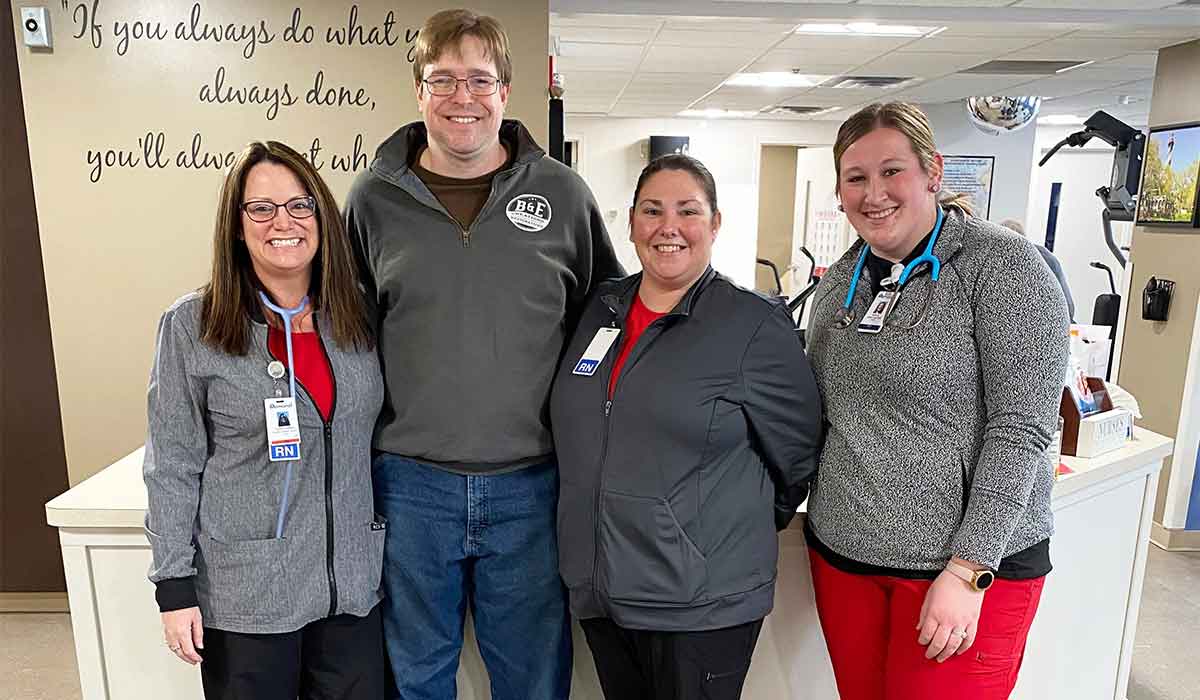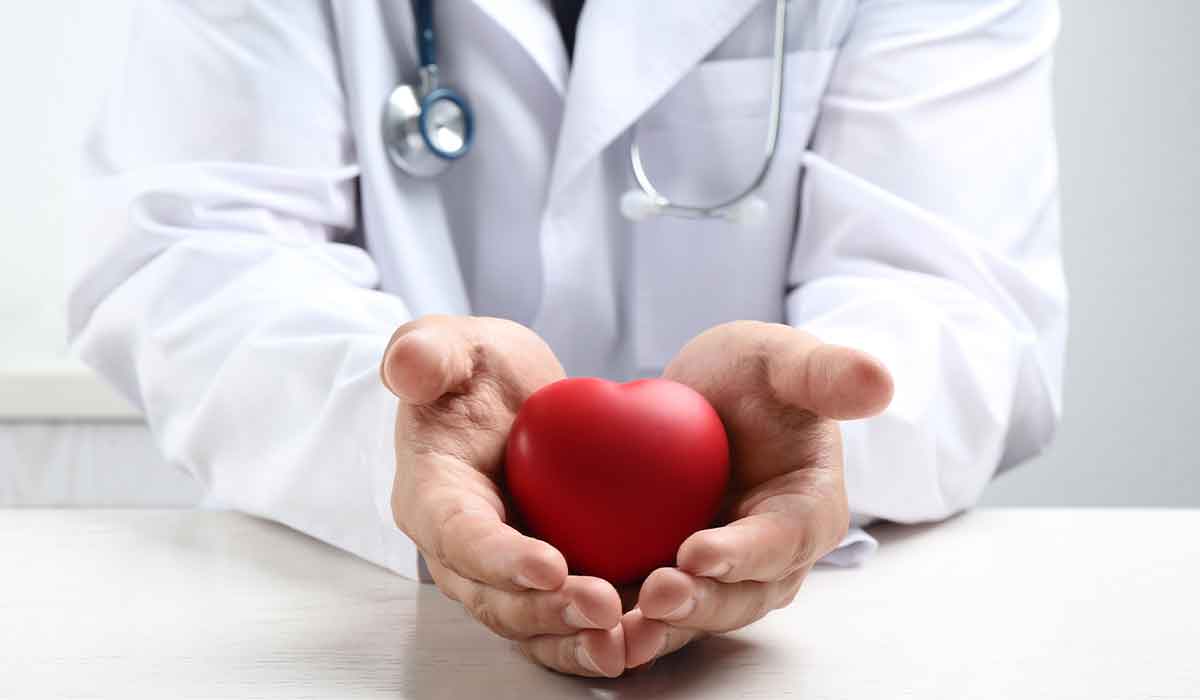Ask any cardiologist and they will tell you that exercise is a vital component of any cardiac rehabilitation and recovery plan.
When it comes to strengthening your ticker after a heart attack, adopting a regular exercise program just might help reduce your risk for additional problems and increase your chance for a better outcome.

A heart attack, also called a myocardial infarction, is a significant event that changes your life, and everyone recovers differently. The speed with which you get back to normal, in part, will be determined by what your life was like before your heart attack and what you do afterward.
Why exercise is important
Though you can't reverse what happened, you do have the power to decide what to do during your recovery.
Adopting a nutritious diet and making healthy lifestyle changes (such as maintaining a healthy weight, managing your stress, and giving up cigarettes if you smoke) are essential. All of these new habits will be even more fruitful if you also add in a safe, regular exercise program.
That's because, with consistent exercise, you can see significant improvements that make your heart stronger, as well as enhance oxygen regulation, lower blood pressure, help keep your blood sugar levels steady, and more.
Start slowly - but, make a start
First - if you haven't already - you'll need to get your physician's permission to increase your physical activity.
Then, following their guidance and instructions for physical activity (or with help from another health professional), you can start introducing some exercise into your daily routine. Your doctor might suggest that you start slowly and make a goal to start exercising for 15 or 20 minutes four to six times a week until you're ready to build up to doing about 30 minutes of moderate physical activity on most, if not every, day of the week.
Go step-by-step (whatever you do, don't overdo it), and keep in mind that consistency is crucial for reaching your recovery goals. So pick up something you love to do and try to turn your workout into a habit by exercising at the same time each day.
Unsure where to start? Learn more about cardiac rehab care options from Logansport Memorial Hospital.
Focus on safety
Begin at a low intensity, and gradually build up the amount of activity you do. As your strength returns and you start to feel more fit, amplify the intensity of your workout only until you start to "puff" a little and the activity requires moderate effort - and, before you get back to lifting weights, consult your doctor.
If you decide to get your workout by walking outside, have someone join you, carry your cell phone, or consider only walking for short distances from your home so that you're not too far if you start having difficulty.
When you exercise, if you get extremely out of breath, feel chest discomfort, start noticing palpitations that won't go away, or experience significant fatigue, please stop and consult your doctor right away.
Notable side effects
Yes, there are some positive side effects of working on your fitness. As your health improves with lifestyle changes and exercise after having a heart attack, it's possible that your doctor may reduce the medications you need to take for lipid-lowering. You might also be able to lower - and better manage - your weight, cholesterol, and blood pressure.
As an added bonus, in terms of mental health, researches have found that getting regular physical activity may also boost your confidence, energy, and general mood.
Beginning any new exercise program can be challenging, and it can be even more demanding when you are healing from a heart attack.
But, you don't have to do it alone.
The experts at Logansport Memorial Hospital can provide peer support and educational advice as you restart life down a heart-healthy road.



